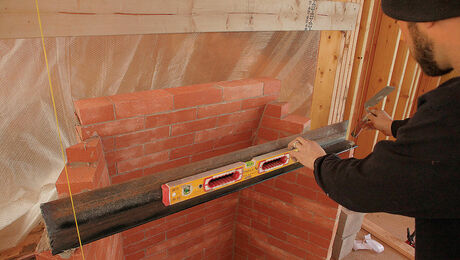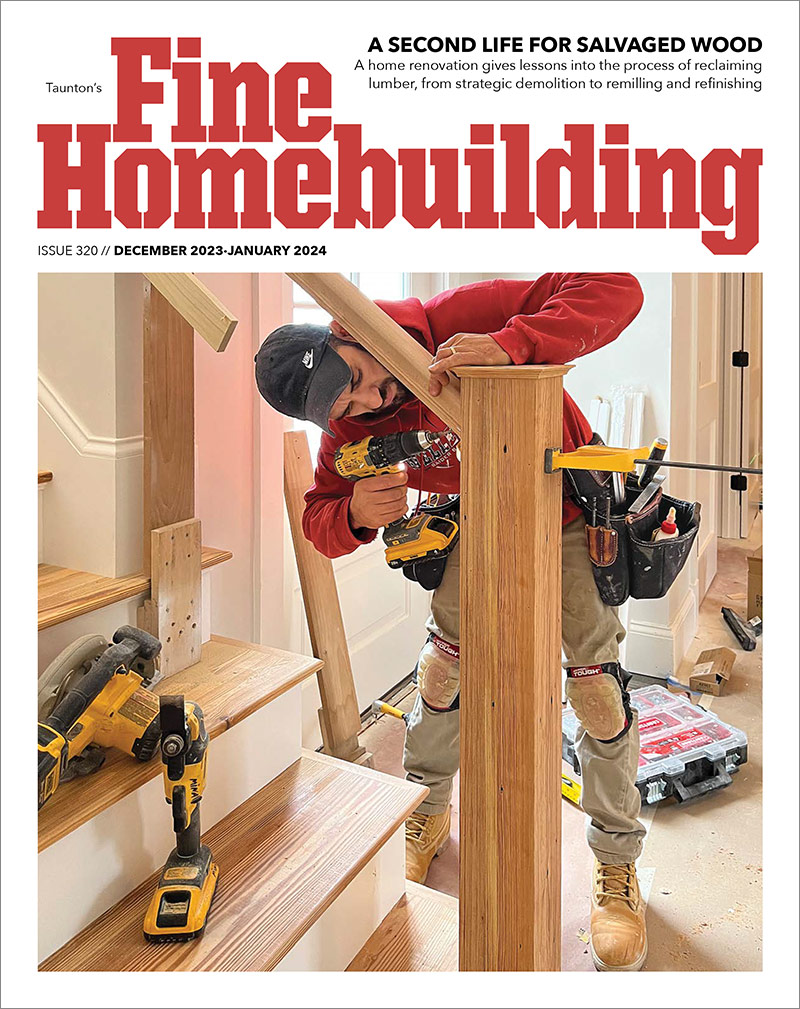I want to convert a single electrical outlet to a duplex in my study — anybody know how? Is it just a matter of installing a duplex box, inserting the existing 14/2 and pigtailing both receptacles? (I’m pretty sure there’s room on the circuit for an additional outlet). Any advice much appreciated…
Discussion Forum
Discussion Forum
Up Next
Video Shorts
Featured Story

Fine Homebuilding is excited to be the official media partner of the 2024 Building Science Symposium series! This event offers builders, tradesmen, architects, designers and suppliers to discuss topics ranging…
Featured Video
Video: Build a Fireplace, Brick by BrickHighlights
"I have learned so much thanks to the searchable articles on the FHB website. I can confidently say that I expect to be a life-long subscriber." - M.K.

















Replies
Your terminology's a little ragged, but you've got the idea. You'll get arguments as to whether it's better to put pigtails on the two outlets and wire-nut them to the incoming wire, or use the "feedthrough" feature of the outlets to go from one to the other. Basically, if you get tight connections it shouldn't matter.
However, keep in mind that there may be two separate cables coming into the box, one from "upstream" (ie, breaker panel) and one feeding "downstream" outlets. This can make things a little more interesting.
Be sure you buy the proper outlets. A 15A outlet has two parallel slots, while a 20A outlet has one straight slot and one T slot. You can put 15A outlets on a 20A circuit but not the other way around. (Don't ask why -- it gets complicated.) Try to buy the commercial-grade outlets with the "back wire" feature, not the cheapie "back-stab" units.
Keep the colors matched -- white to white, black to black, black to brass, white to silver.
If this is working in a finished wall you can generally pry the old box loose from the stud without having to tear open the wall. And the new double box can either be installed by driving screws through the side of the box into the stud or by using an "old work" box. This all involves a certain amount of linguistic ability (of the four-letter variety) but saves the whole patch/paint sequence.
Don't forget to turn the breaker off before starting work. Double-check the outlet with a known good lamp to make sure it's dead before you open it up.
happy?